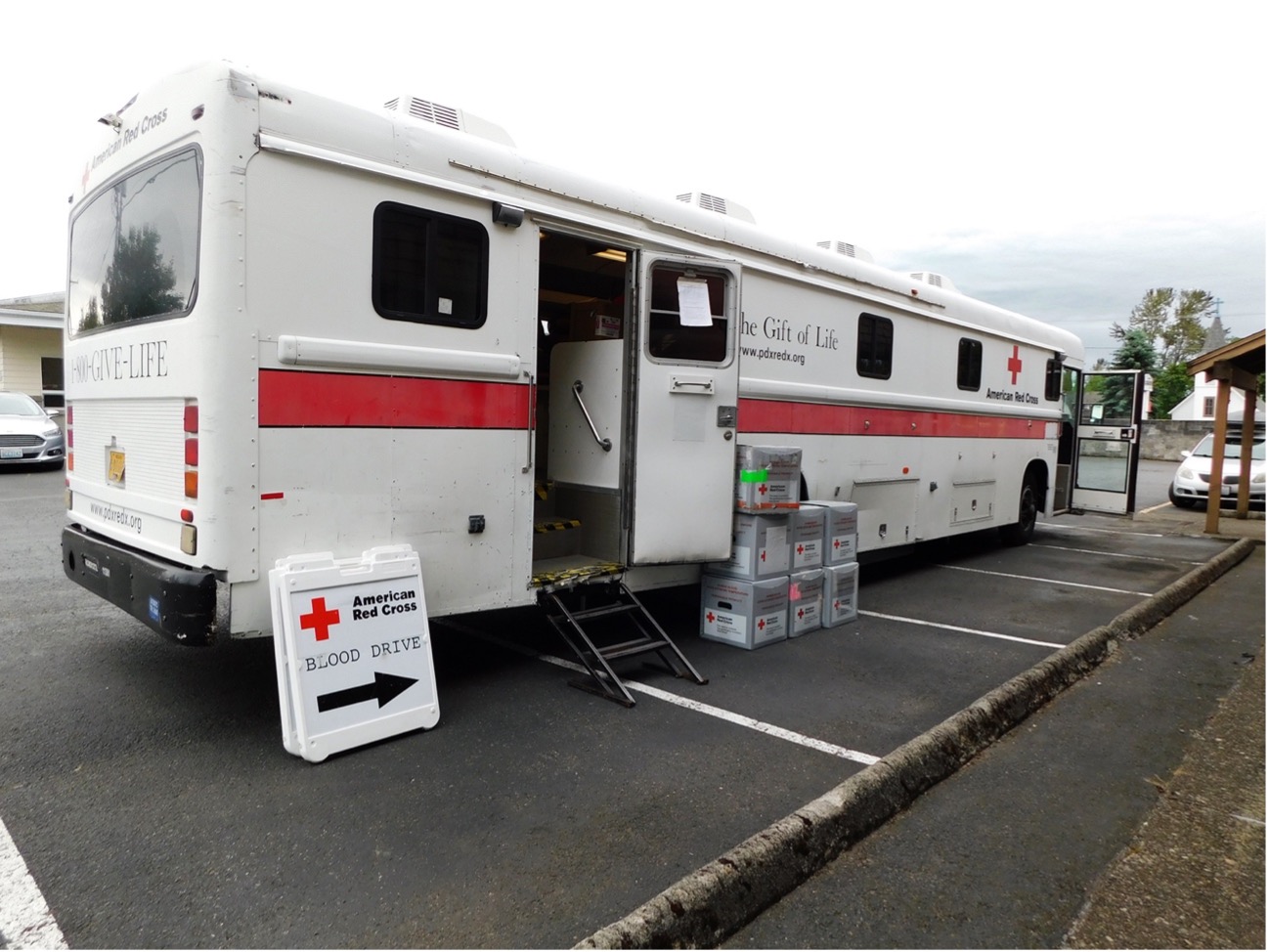Every year in June, Windermere offices close for business in order to participate in Community Service Day. An annual tradition since 1984, our agents, staff, and franchise owners spend the day volunteering in their communities completing a variety of neighborhood improvement projects. Here are a few highlights from this year’s Community Service Day from around our network.
Windermere Rowland Realty – California
The Windermere Pinole and Diablo Realty offices joined together and volunteered for the Food Bank of Contra Costa & Solano Counties, working in their warehouse to bag produce for a food giveaway. After reaching out to their clients and peers, agents were able to gather $2,850 in donations for the food bank, an amount that will allow them to provide 5,700 meals to the local community.

Pictured: Scott Tuffnell, Denise Ramirez, Mike Rowland, Renee Rowland, Diane Cockrell, Mona Logasa, Dave Nardi, Ellen Osmundson, Jim Georgantes, Tina Rowland, Jacob Cardinale, Nicolars Ramirez, Luis Ramirez-Agudelo

Pictured: Scott Tuffnell, Denise Ramirez, Mike Rowland, Renee Rowland, Diane Cockrell, Mona Logasa, Dave Nardi, Ellen Osmundson, Jim Georgantes, Tina Rowland, Jacob Cardinale, Nicolars Ramirez, Luis Ramirez-Agudelo
Windermere Fort Collins & Windsor – Colorado
For CSD 2021, Windermere Fort Collins partnered with ChildSafe Colorado, an organization that provides therapy for victims of childhood abuse and seeks to “break the cycle and heal the trauma resulting from childhood abuse and neglect with specialized treatment, education, and community outreach.”
Windermere agents and staff completed a variety of indoor and outdoor projects including painting, planting flowers, landscaping, as well as supply collection and organization. In addition to their hands-on work, Fort Collins also set up an online portal for clients, friends, family, and community members to support their work through online donations to ChildSafe.

Pictured: Heather Patel, her son, and Jill Pino
The Windermere office in Windsor, Colorado partnered with the Weld RE-4 School District to host a school supply drive to provide supplies for children in low-income households for the 2021–2022 school year. In addition to the in-person event, they also had over fifteen local businesses volunteer by hosting a drop box in the weeks leading up to the event. Twenty-five boxes were donated by a local moving company, Johnson Moving & Storage. On the day of the supply drive, the boxes were filled with donations.

Pictured: Suzanne Ekeler, Tammy Fisher, Angie Hoskins, Kelsey Vandemark, Angie Clauser, Karla Laferriere, and Anali Roath
Windermere Sandy Real Estate – Oregon
The Windermere Sandy Real Estate office organizes blood drives every year, so when it came time for this year’s Community Service Day, they knew exactly where to turn: The American Red Cross. With the help of Windermere agents, Red Cross volunteers set up in Windermere Sandy’s conference room, getting folks registered for the drive and handing out t-shirts. The Windermere Sandy staff greeted donors on the way in and during the afternoon, reception was handled by Windermere owners Alan and Therese Fleischman.

A white American Red Cross truck parked in a parking lot.
Windermere Real Estate Utah
In communities throughout the state of Utah, Windermere agents were out in force for Community Service Day. The office in Layton, UT weeded and maintained playground areas and outdoor spaces at the Safe Harbor Crisis Center. Agents joined together to lay bark and install solar lights along the walkways on the property. The organization was also presented with a $5,000 check from the office’s Windermere Foundation funds.
Agents from the Park City office worked with local organization EATS Park City to package seeds and provide interview clips of stories relating to food and local culinary traditions. EATS Park City is dedicated to empowering and growing healthy communities with fun, food, and nutrition advocacy. Windermere Utah also made a $5,000 donation to the organization.
Windermere Real Estate Ellensburg – Washington
The agents and staff at Windermere Real Estate Ellensburg held a canned food drive, collecting donations at their office and dropping off grocery bags at three-hundred homes in the area for people to add non-perishable food items. They made the round on the final day of the drive, collecting 1,387 pounds of food for the Fish Community Food Bank. After they dropped off the donations, the Ellensburg team went to two different gardens owned by the food bank and spent the day weeding, cleaning up, and planting new foods.

Pictured: Caitlin Wable, Sally Vietzke, Danielle LaHaie, Erich Cross, Jennifer Savage, John Gardner, Cara Marrs, Genevieve Gillman, Casey Mills, Taylor Hull, Misti Sandnes
 Facebook
Facebook
 X
X
 Pinterest
Pinterest
 Copy Link
Copy Link















